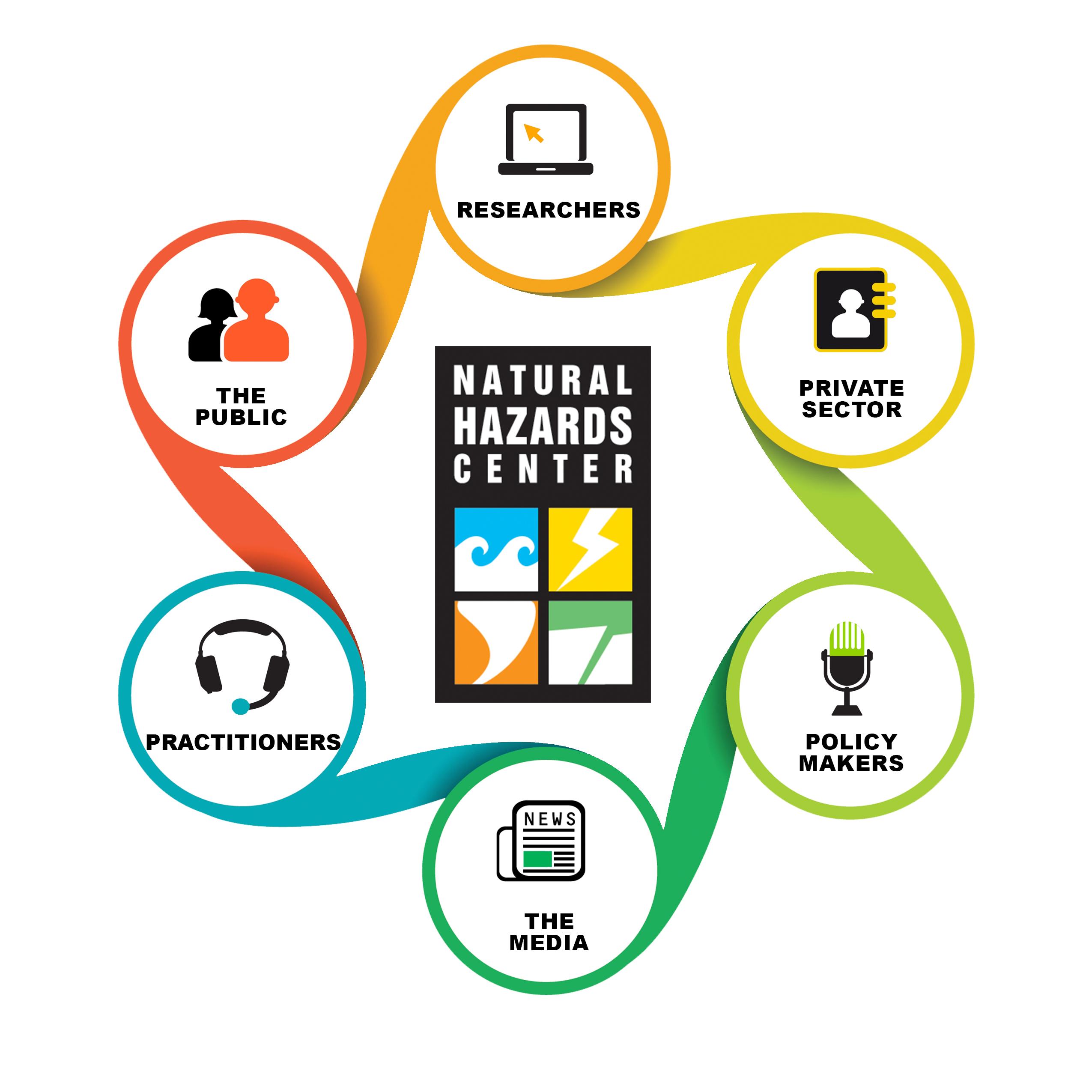My Research Experience
I have spent the last half century doing social science research on the character of human beings regarding how and why people prepare for and respond to the risk of natural, technological, and human-made hazards and community-wide disasters. The events I’ve investigated include, but are not limited to, earthquakes, floods, nuclear power plant emergencies, volcanoes, terrorist acts, and more.
Human Nature and Preparedness
I’ve learned many thing from my studies, but some lessons are at the top of the list, and they seem to hold regardless of hazard and disaster type, and these include: (1) people are reluctant to prepare because they really don’t believe that a disaster will happen to them, (2) if a disaster actually does happen it will directly impact other people and not themselves, and (3) preparing for disaster is a good idea that they’ll get around to doing someday, maybe, perhaps. In short, the basic character of being human is riddled with perceptual obstacles to disaster preparedness.
Motivating Public Preparedness
Repetitive research findings clearly document that three things motivate public disaster preparedness. These are: (a) the content of distribute preparedness information – what actions to take, how those actions reduce losses, and consistent information across different messages, (b) how preparedness information is delivered – from multiple versus singular sources, and over multiple distributions channels and across time, and (c) the single factor that has the greatest impact on motivating preparedness – observing what others, e.g., friends, relatives, and neighbors, have done to prepare which I affectionately refer to as “monkey see, monkey do.” Many problems constrain the delivery of this sort of preparedness information including, organizations prefer using their own unique information, distribution between them is rarely coordinated, and information is typically distributed over the short-term rather than the long hall. Basic human nature and how well-intentioned disaster preparedness organizations do their work to foster public disaster preparedness doesn’t tend to help much. Although, over time there have been exceptions to these conclusions.
What We Need
Then, after I retired and moved to the likely epicenter of the next great Southern California Earthquake, I was visited by the people who invented the Waterfull Barrel. They demonstrated it, and I fell in love with it because it makes fresh clean drinking water available after experiencing a disaster largely without people even thinking about. Once its in place, there are no human perceptions to change and drinking water is available when and if needed. I have my barrel one outside my kitchen door. I’ve recommended it to almost everyone I know. I recommend it to anyone who reads this and can afford one. I even got creative with mine. I bought a hose nozzle for it that I can use to take a shower with (water is for more than drinking).
-Dennis S. Mileti, Ph.D.
More about Dennis S. Mileti
Dennis Mileti is a retired professor from the University of Colorado at Boulder where he directed the Natural Hazards Center—our nation’s clearinghouse for social science research on hazards and disasters.
Publications. He is the author of over 100 publications. Most of these are on the societal aspects of hazards and disasters. His book Disasters by Design summarized knowledge in all fields of science and engineering regarding natural hazards and disasters, and made recommendations for shifts in national policies and programs. It was the most cited source on hazards in the nation, and was required reading in more university emergency management courses in America than any other for almost a decade.
Projects. Dennis has: (1) synthesized research findings from the last half-century to bridge the gap between theory and practice about how to motivate people to prepare for and respond to disaster warnings; (2) he was part of the American Society of Civil Engineers panel overseeing the work of the U.S. Army Corps of Engineers about why the levees failed during Hurricane Katrina—for which he was awarded the U.S. Army’s Civilian Medal of Honor; and (3) he designed the National Institute of Science and Technology’s congressional study of evacuation of the World Trade Center towers on 9/11.
Advisory Boards. Dr. Mileti has served on a variety of advisory boards including as: (1) Chair of the Committee on Disasters in the National Research Council of the National Academies, (2) Chair of the Board of Visitors to FEMA’s Emergency Management Institute, and (3) as a Board Member of the Earthquake Engineering Research Institute.
Political Appointments and Consulting. He was appointed by the Governor as a California Seismic Safety Commissioner. And he’s worked as a consultant in both the private and public sectors in matters related to emergency management and risk communication including, for example, utilities with nuclear power plants, and federal and state agencies.
Currently. Dennis is currently a research affiliate with a Department of Homeland Security’s national center of excellence for research on terrorism at the University of Maryland, and he leads an investigation to test the effectiveness of imminent threat public warning messages for mobile devices for the Department of Homeland Security.

